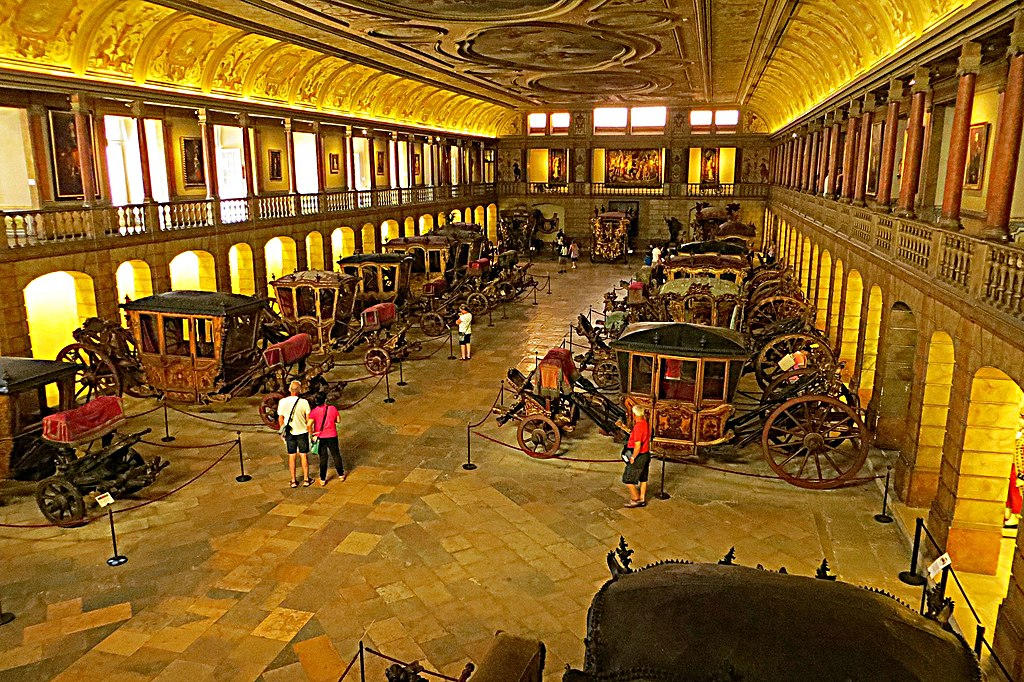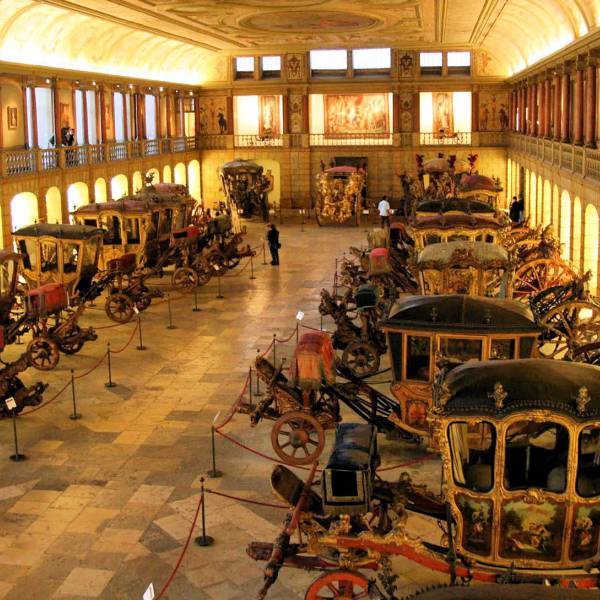In 1944, a new exhibition hall designed by architect Raul Lino was inaugurated by President Marechal Carmona. As tourism flourished in the 1960s, the museum underwent further developments to cater to the increasing number of visitors, including the establishment of educational services, temporary exhibition rooms, a library, and a shop. In 1983, an agreement between the Portuguese Institute of Cultural Heritage and the Braganza Foundation granted the museum an annex in the Ducal Palace of Vila Viçosa to exhibit carriages stored in the Ajuda and Necessidades palaces.
Lisbon.vip Recommends
On May 23, 2015, the majority of the collection was transferred to the newly built facility, providing an additional reason to visit this extraordinary collection. The original space, the Old Riding School, now houses a visitable exhibition area showcasing carriages and painting galleries of the royal family, as well as equestrian accessories. The National Coach Museum is currently divided between the new building in Belém and the Old Riding School at the Royal Palace, both located in Praça Afonso de Albuquerque, Lisbon.





